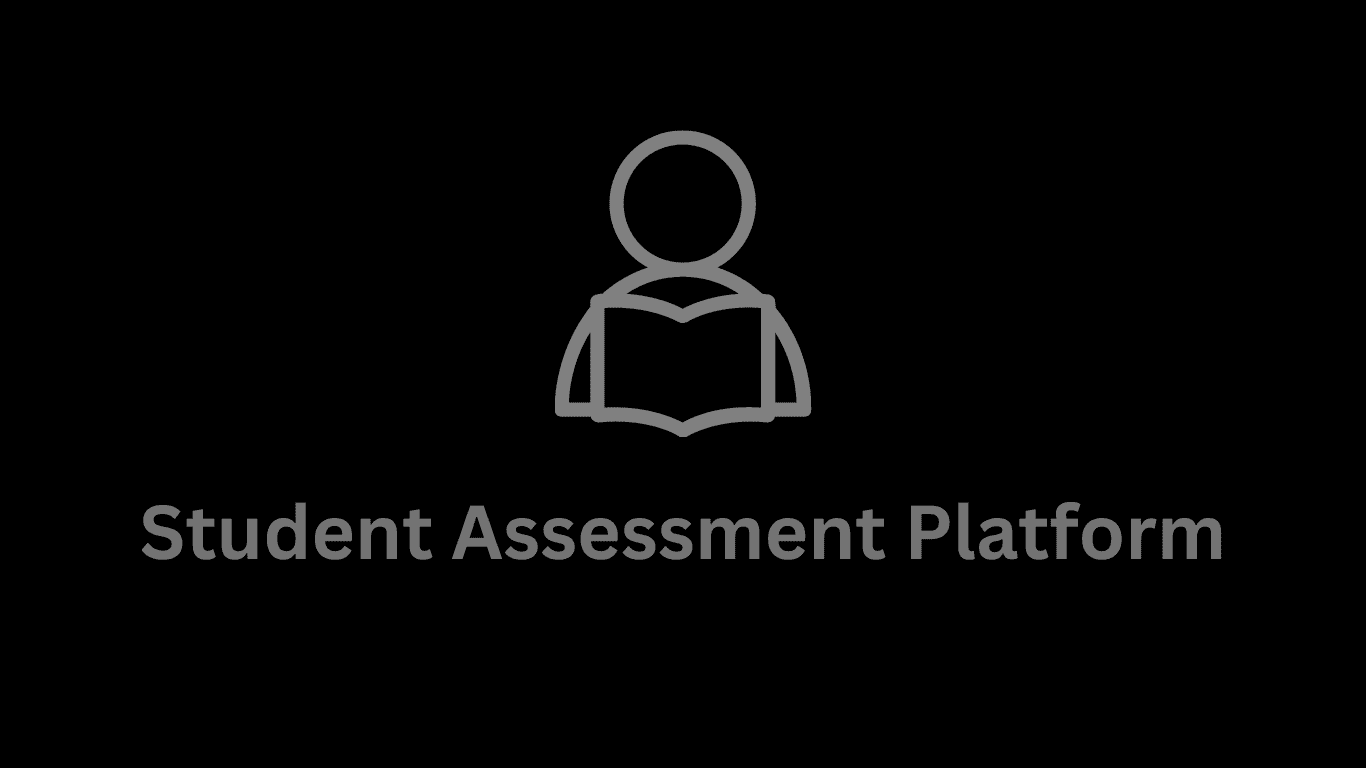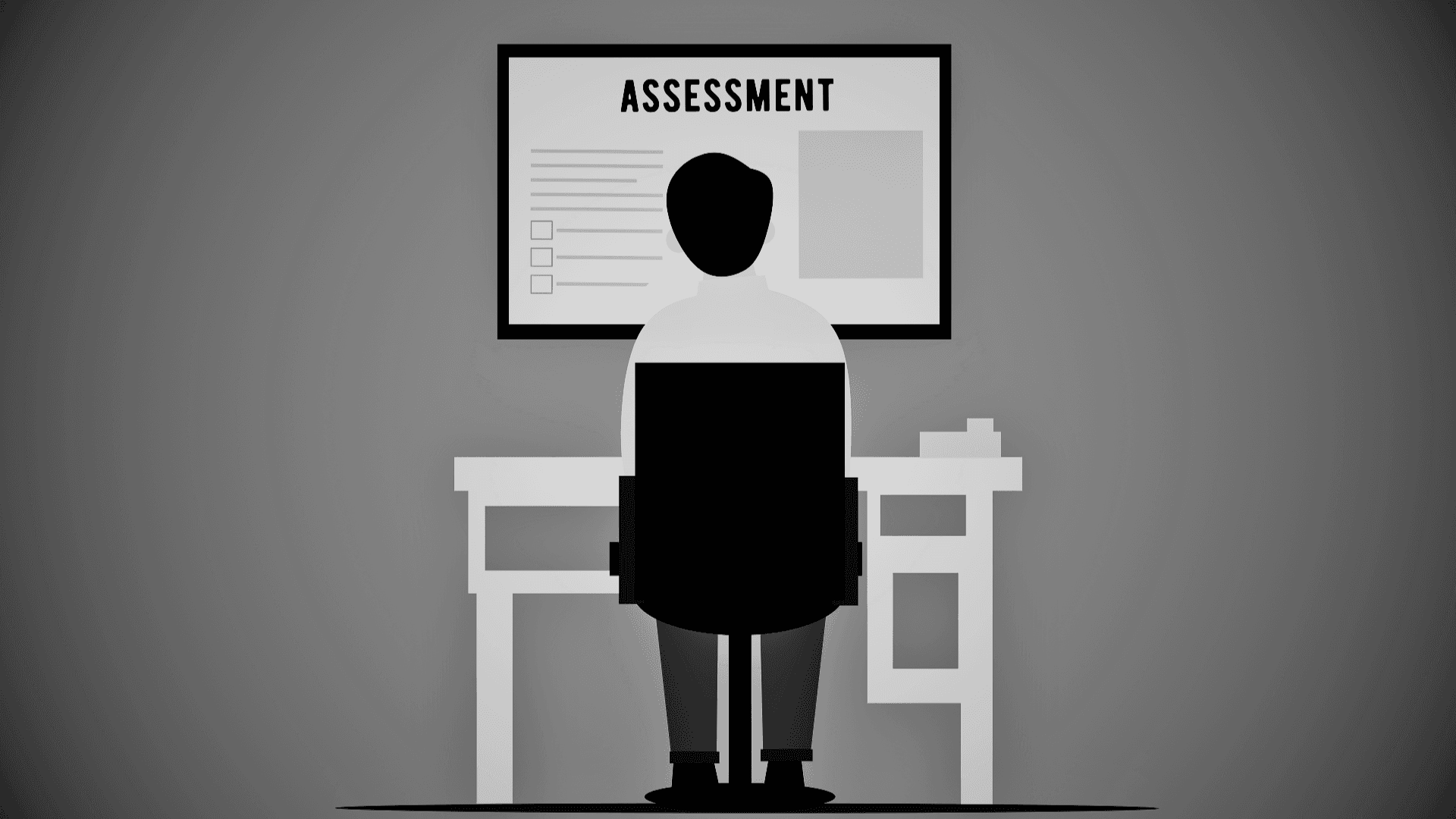Anik Malik - BlogBuilding a React.js Node.js Student Assessment Platform: Full-Stack Application Case Study

1. Introduction
Project Overview:
We developed a student assessment platform specifically for educational institutions. The platform was built to simplify the process for educators and faculty to create and manage assessments. Students could complete their evaluations online, and once finished, the results were instantly accessible to teachers and administrators. This made it easier for them to understand how students were performing and make more informed decisions as a result.

My Role:
In this project, I worked on both the frontend and backend development. I was responsible for building many of the core features, from designing user-friendly interfaces to developing backend systems that handled everything from creating assessments to analyzing the results. My contribution was key to making sure the platform worked well for both educators and students.
Goals:
The project aimed to achieve several key goals:
1. Simplify Assessment Creation: We wanted to make it easy for teachers and faculty to create and manage assessments.
2. Enhance the Student Experience: We aimed to build a user-friendly interface that made it simple for students to complete their assessments online.
3. Enable Data-Driven Decisions: We focused on adding reporting and analytics features that would help educators track and understand how students were performing.
4. Support Administrators: We ensured that administrators could access detailed data, helping them with evaluation and planning.
In a nutshell, the software was created to make the assessment process simpler and more meaningful for everyone who uses it.
2. Challenges and Solutions
Identifying the Needs:
Before diving into development, we worked closely with educators, administrators, and students to identify the specific challenges they faced in the assessment process. This collaboration helped us understand the key pain points, such as the complexity of creating assessments, the need for real-time data access, and the importance of a user-friendly interface.

Technical Challenges:
During the development process, we encountered several technical challenges, including:
• Scalability: Ensuring the platform could handle a large number of simultaneous users, especially during peak assessment periods.
• Real-Time Data Processing: Implementing real-time data processing and reporting features that could deliver instant insights to educators and administrators.
• User Experience: Creating an interface that was intuitive for both educators designing assessments and students taking them, while also ensuring accessibility for all users.
Solutions:
To overcome these challenges, we put several key solutions into action:
• Optimized Backend Architecture: We designed a scalable backend system that could efficiently handle high traffic volumes without compromising performance.
• Real-Time Data Handling: We utilized advanced data processing techniques to ensure that all assessment data was updated and accessible in real-time.
• User-Centric Design: We focused on a user-centric design approach, conducting multiple rounds of user testing to refine the interface and ensure it met the needs of all users.
3. Designing the System
Technical Stack:
For this project, we picked a set of technologies that would keep the platform running smoothly and reliably. Here’s what we went with:
• Frontend: We used React to create a clean and interactive user experience that adapts well to different devices.
• Backend: Node.js and Express were our go-to for handling the data and managing the platform’s backend efficiently.
• Database: MySQL was chosen for its robustness and speed in managing all the assessment data.
• Additional Tools: Bootstrap helped us style the platform and ensure it performed well across various devices.

System Architecture:
We put together a system that could scale easily and work efficiently. It was built with different modules, each with its own role:
• Frontend: This part of the system took care of how users interact with the platform, making sure it was easy for teachers and students to use.
• Backend: Here, we handled the logic behind creating and managing assessments and analyzing the results.
• Database: This was where all the data lived, managed in a way that kept everything running smoothly.
• Integration: We set up connections between the frontend and backend, and left room for integrating with other systems if needed.
User Interface Design:
We wanted the platform to be user-friendly and easy to navigate, so we focused on:
• Usability: We made sure the design was intuitive, so teachers and students could use it without any hassle.
• Accessibility: We worked to ensure that the platform was accessible to everyone, including those with different needs.
• Feedback: Throughout the development, we listened to user feedback and made improvements based on what we heard.
4. Implementation and Testing
Implementation:
Once the design was set, we moved on to putting everything into action. The development process was broken down into several key stages:
- Frontend Development: We started by building out the user interface with React, focusing on making it intuitive and engaging for users.
- Backend Development: Next, we set up the server-side logic with Node.js and Express, ensuring that all the functionalities, like assessment creation and data management, were well-integrated.
- Database Setup: We configured MySQL to handle all the data needs, from storing assessment details to retrieving results quickly.
- Integration: Finally, we connected the frontend with the backend and made sure all the pieces worked seamlessly together.
Testing:
Testing was crucial to ensure everything worked as expected. Here’s how we approached it:
- Unit Testing: We tested individual components and functions to make sure they performed correctly in isolation.
- Integration Testing: We checked how different parts of the system worked together, ensuring that the frontend and backend communicated properly.
- User Testing: We conducted tests with actual users to get feedback on the interface and overall experience. This helped us identify any usability issues and make improvements.
- Performance Testing: We assessed how the platform performed under different loads to ensure it could handle high traffic and large amounts of data without any hiccups.
Challenges and Solutions:
During implementation and testing, we faced a few challenges:
- Challenge: Ensuring smooth integration between the frontend and backend. Solution: We used thorough testing and debugging to iron out any issues and make sure data flowed correctly between the two.
- Challenge: Handling high volumes of data during peak times. Solution: We optimized the database queries and server responses to manage the load efficiently.
In the end, rigorous testing and problem-solving helped us create a reliable and user-friendly platform that met the needs of educators, students, and administrators alike.
5. Results and Impact
User Feedback:
After the platform was launched, we gathered feedback from teachers, students, and administrators to gauge its effectiveness and usability. The responses were overwhelmingly positive, with many users appreciating the intuitive interface and real-time data access. Teachers found the assessment creation tools to be efficient, and students valued the ease of completing their evaluations online.
Performance Metrics:
To measure the success of the platform, we tracked several key performance indicators:
- User Adoption: The number of active users, including teachers, students, and administrators, grew steadily, indicating that the platform was meeting its intended audience’s needs.
- System Reliability: The platform maintained high uptime and quickly addressed any technical issues, ensuring a smooth user experience.
- Data Accuracy: The accuracy and timeliness of data processing and reporting were validated through regular checks and user feedback, confirming that the system delivered reliable results.
Case Studies:
We conducted a few case studies within different schools to understand the platform’s impact in various educational settings. These studies highlighted improvements in assessment management, more efficient data analysis, and enhanced communication between educators and administrators.
Conclusion:
The student assessment platform has successfully transformed the assessment process for educational institutions. By providing a user-friendly interface and robust data analysis tools, it has facilitated more effective assessments and improved decision-making for educators and administrators. The positive feedback and performance metrics confirm that the project achieved its goals and delivered significant value to its users. Looking ahead, there are exciting opportunities for further enhancements to continue supporting educational excellence.